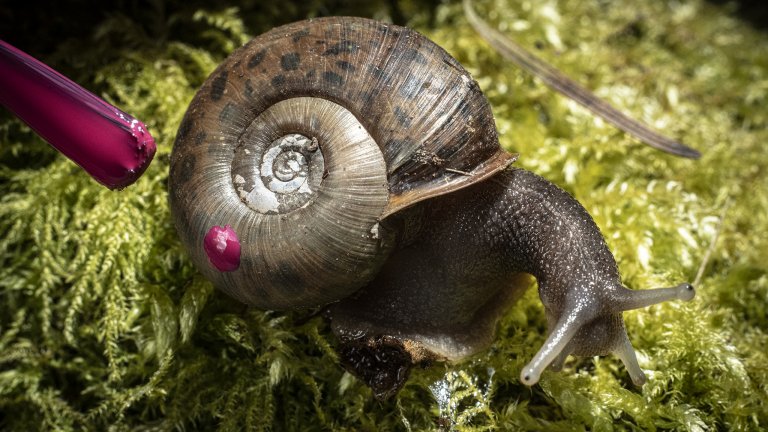
© Jean-Claude Moschetti / Ecobio / CNRS Images
View the mediaScientific news
As COP 15 on biodiversity has begun in China and as a prelude to the launch of COP26 this weekend, CNRS Images presents the key points to better understand the importance of protecting biodiversity.

© Jean-Claude Moschetti / Ecobio / CNRS Images
View the mediaThe fifteenth Conference of the Parties (COP-15) began online in October and will continue in China in April-May 2022. It brings together the 196 signatory countries of the Convention on Biological Diversity.
Already in September, the world’s leading environmental and biodiversity specialists met in Marseille, at the IUCN's World Conservation Congress. But what are the goals? To bring together and mobilise the global conservation network, discuss key and emerging issues, initiate new actions, establish and influence priorities for action and the global conservation agenda.
Indeed, biodiversity is disappearing at an ever-increasing rate, and almost no ecosystem is immune to the phenomenon. All scientific disciplines (biology, ecology, but also economics, mathematics and palaeontology for example) are mobilised to deal with this major challenge that affects us all, since protecting biodiversity is quite simply protecting our entire environment: each species that disappears is a potentially fatal blow to its ecosystem, which is itself interwoven into larger ones....
To mark these international gatherings, we invite you to (re)discover films and news stories that we have made about this topic in recent years. The series “Animaux en Danger” (Endangered Animals), for example, takes you to meet ten scientists working all over the world to better understand endangered species and their interactions with their ecosystems, on land, at sea or in the air. But you can also meet biologist Éric Karsenti, the CNRS 2015 Gold Medallist, who is behind the Tara Oceans Expedition, an ambitious and essential project to map marine biodiversity which is threatened more than any other. More surprisingly, the animals themselves can become researchers in their own way, like the West Indian turtles fitted with GPS trackers, cameras and electronic chips to help us understand their movements and feeding habits.
More generally, researchers are not alone: their role is also to make citizens aware of the living creatures around them, and of the need to provide these creatures with a habitat to foster their development. By becoming aware of the dangers that put pressure on biodiversity, everyone can help defend it.
Our work is guided by the way scientists question the world around them and we translate their research into images to help people to understand the world better and to awaken their curiosity and wonderment.